I have written quite a bit about using color variegation to increase visual interest and the importance of value contrast in mosaic artwork.
These two concepts are related, at least in a crude way: they both involve using multiple colors instead of one color, and they both make the artwork more interesting visually.
Value Contrast
Contrast in value is usually encountered in the form of highlights and shadows, although it should be noted that even abstract art is much more visually interesting when there is contrast in value.
The implication is that value contrast not only contributes to a more lifelike image but is also intrinsically interesting. In other words, value contrast should be on our checklist of fundamentals, and we shouldn’t make designs without it.
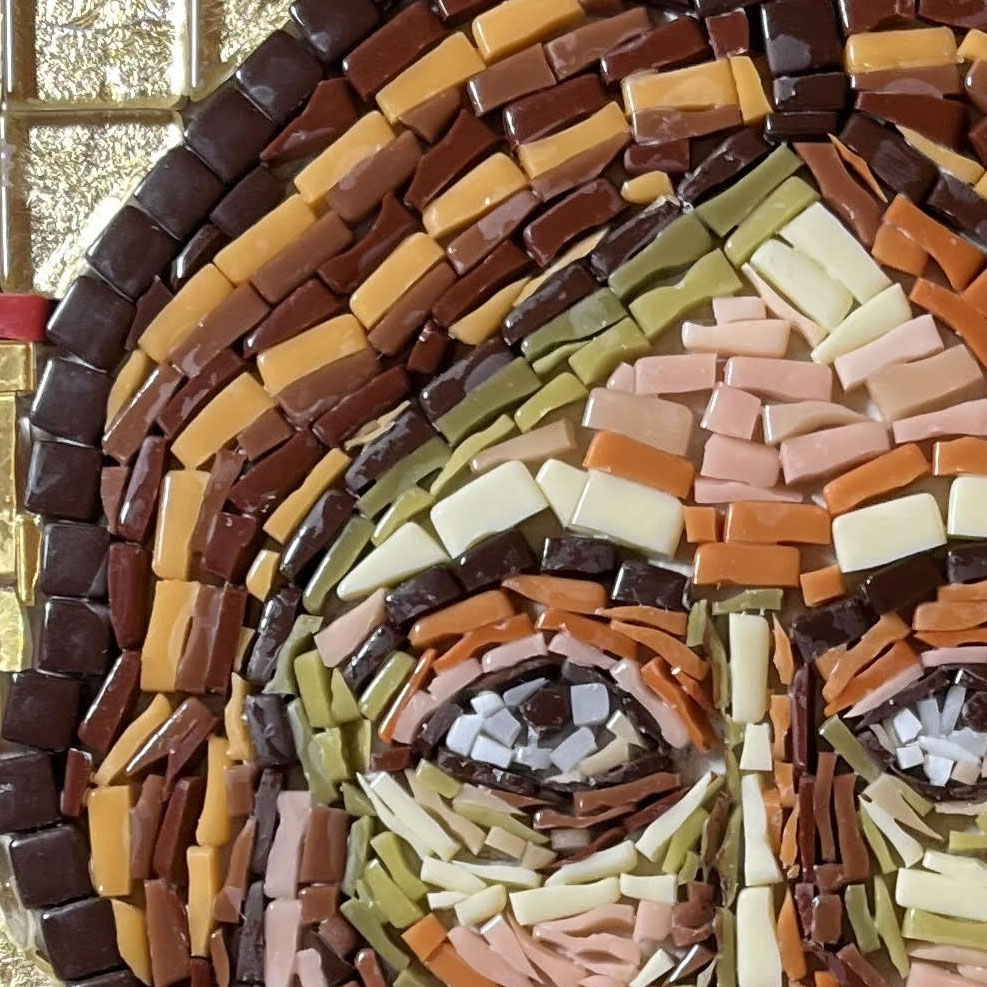
Color Variegation
Color variegation can be a mix of related hues or tints. There is more latitude with what you can use and how you mix it because you aren’t trying to render light and shadow, merely breaking up monotony.
A common example of color variegation is using two or three different tints of the same hue of cyan blue to render the sky instead of only one tint.
In the image above, we see highlights and shadows (value contrast), some of which are rendered using delightfully unexpected colors such as green.
But we also see color variegation. Notice how the pink flesh of the forehead is actually two different pinkish colors and a faint brownish tint. That’s not counting the colors used for highlights and shadows there.
Every time someone emails me asking what is the best color to use for skin tone, I am going to ask them to look at this picture!
Small Mosaics
The problem with both of these techniques is that they both become difficult when the size of the mosaic is small, and there is limited space for each element.
That is yet another reason why rendering a small mosaic with swirled stained glass is easier than using molded glass tile: A single chip of swirled stained glass can provide more variation of tint and hue than several pieces of monochrome tile placed together.
If you don’t know what I am talking about, look at the stained glass miniatures by Lisa Sunshine. Those mosaics are only four inches wide, and yet look at how sophisticated they are. A similar level of complexity at that size would be extremely difficult or impossible using monochrome molded tile.
And that brings me to the 9×12-inch mosaic icon of Christ recently completed by Sue Hague. While not a miniature, this mosaic is fairly small relative to the level of detail in it, and it is certainly smaller than Sue’s previous icon.
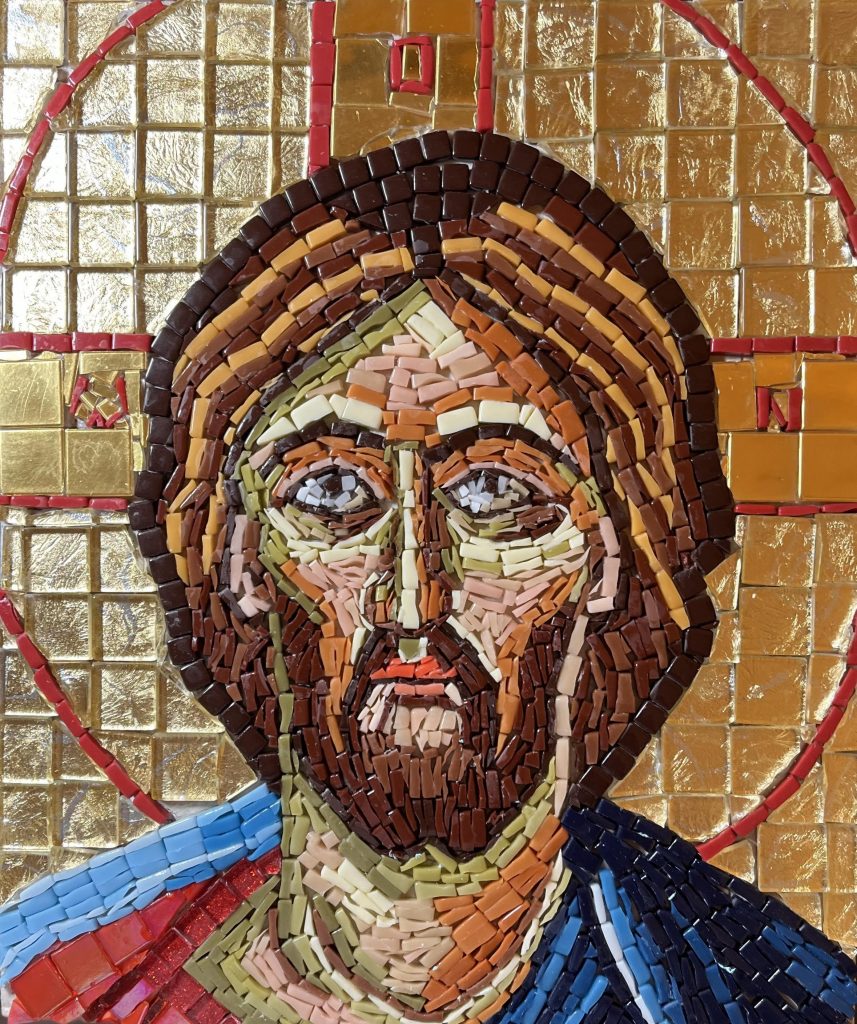
And yet it has more variegation and value contrast than the other mosaic!
I am very much impressed with this mosaic and the rapid progress Sue has made.
The muted moss green and muted tan oranges were a great choice. They are opposites on the color wheel and balance each other.
Notice how the green and orange have the same level of color intensity, which is essential. Keep that in mind when making your color choices.
The Importance of Thumbnail Images
If you are unsure about a composition, take a photo of it and look at the photo as a thumbnail image.
That is the digital equivalent of a painter stepping back from the canvas and squinting at it, and it allows you to see the composition as a whole instead of all the details.
For example, consider the detail shot below:
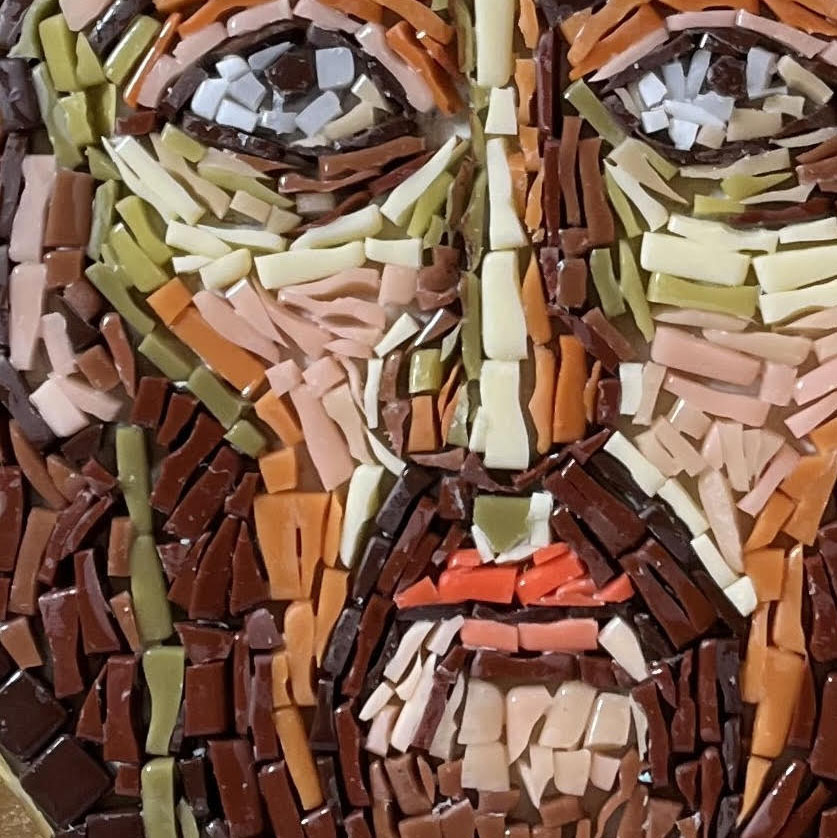
Positioning each piece requires that you focus on a tiny area of the mosaic, and you can quickly lose sight of the image as a whole. It is a case of “not being able to see the forest for the trees.”
What do you do then? Take a photo of it and look at it as a thumbnail:
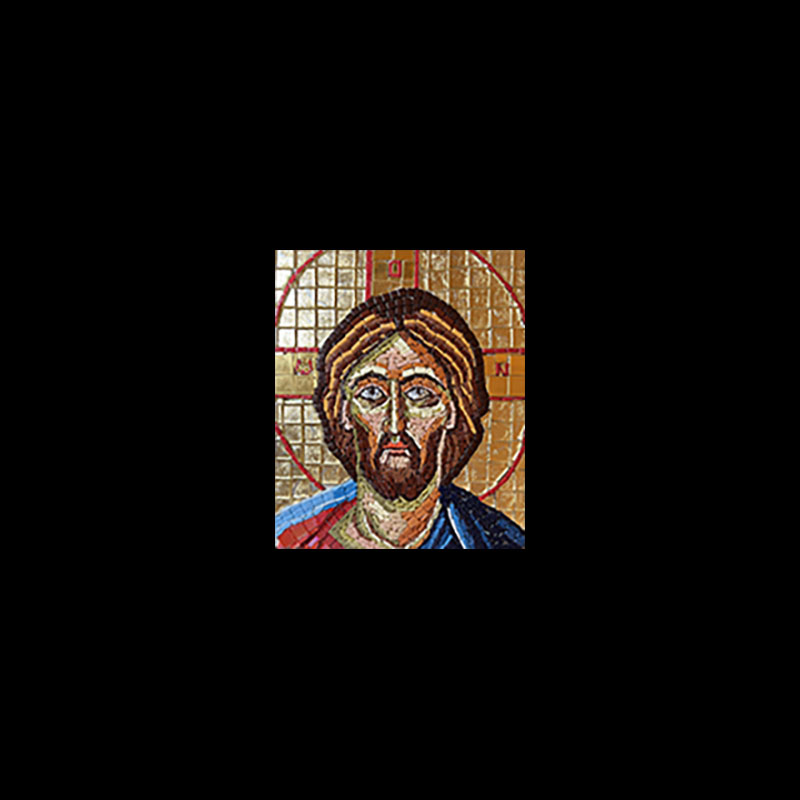

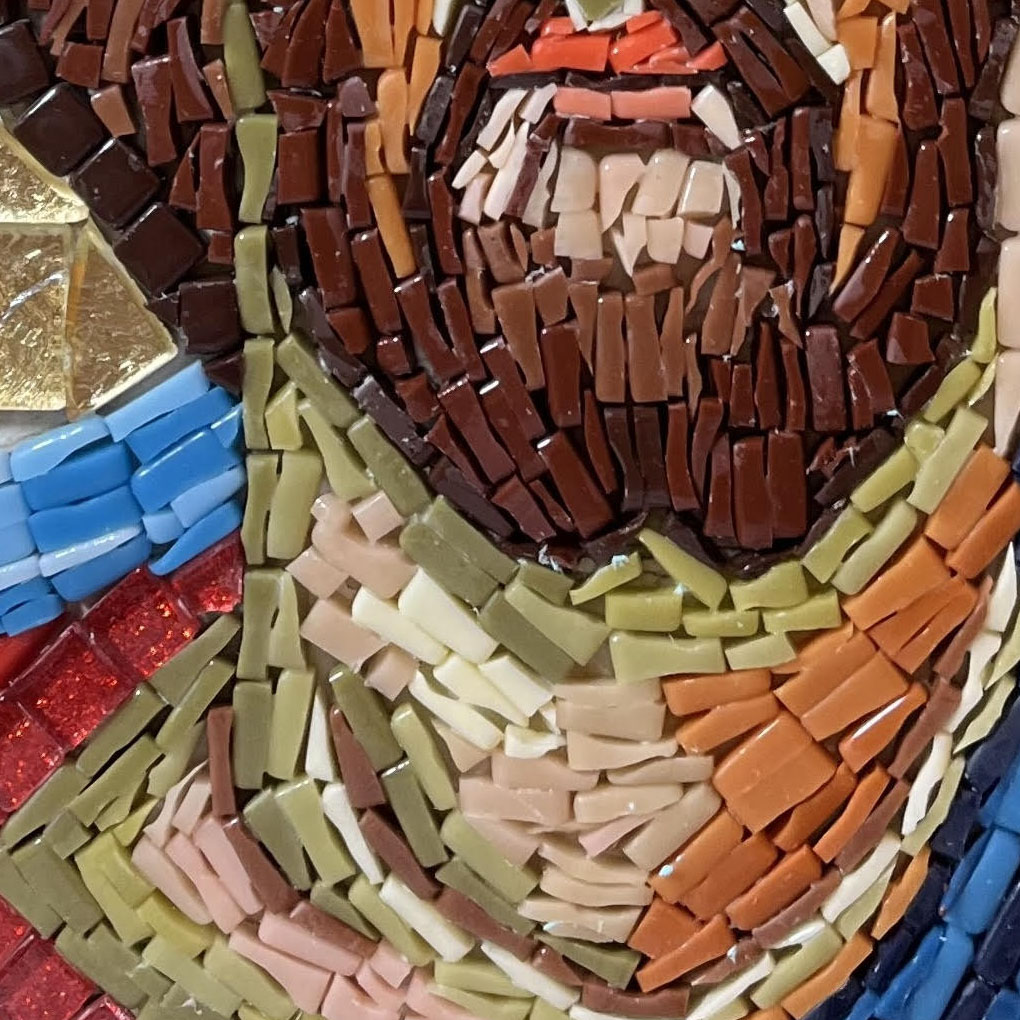
Leave a Reply